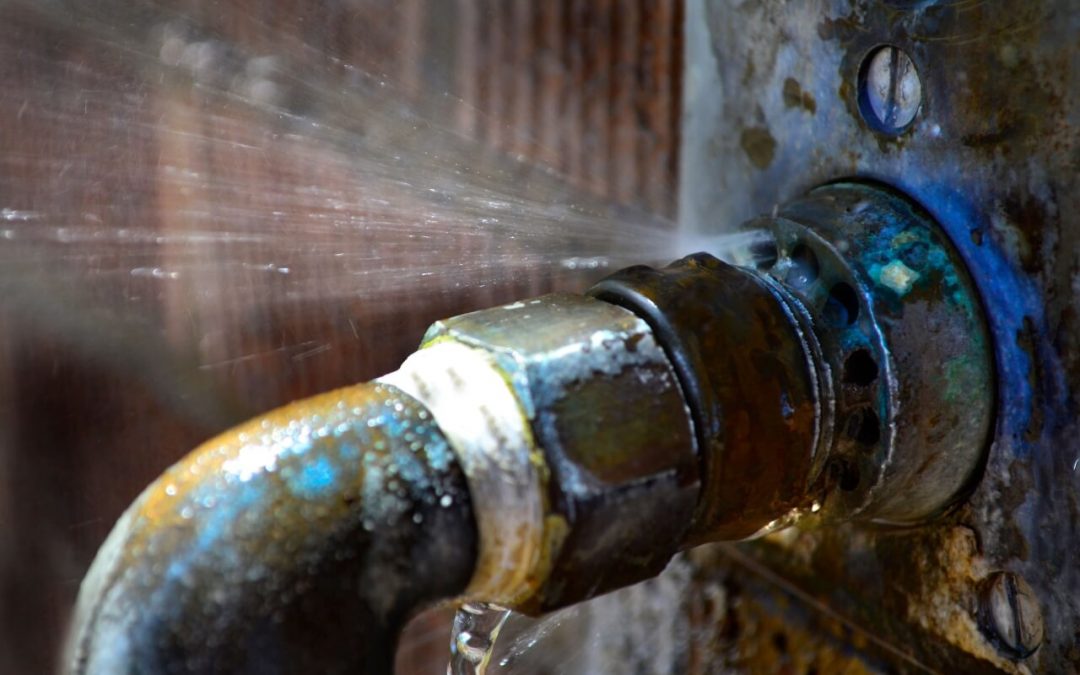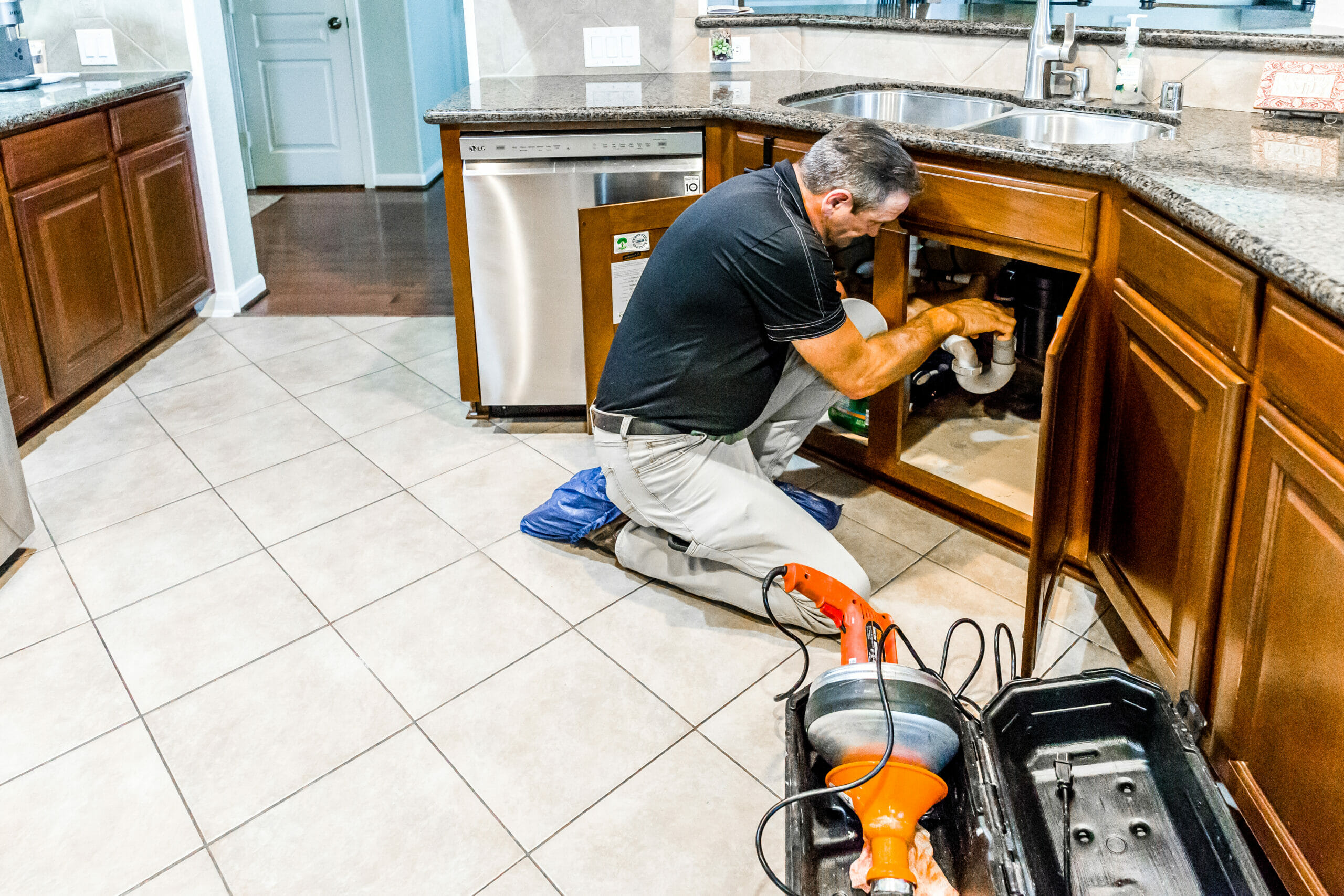Helpful Tips for Solving Plumbing Issues in Older Homes
Helpful Tips for Solving Plumbing Issues in Older Homes
Blog Article
On this page below yow will discover some professional facts concerning Common Plumbing Problems in Older Homes.

Older homes usually come with beauty, character, and history, however they can also bring a host of pipes problems. Whether you're handling aging pipes, low tide pressure, or leakages, knowing just how to attend to these typical problems is crucial to keeping a risk-free and functional home. In this overview, we'll check out the regular pipes challenges encountered by older homes and give practical solutions to keep your pipes in top form.
Comprehending Common Plumbing Problems
Aging Pipes
One of the most usual problems in older homes is maturing pipelines. Depending upon the age in which your home was constructed, the pipes could be made from products that have degraded over time, such as galvanized steel, cast iron, or perhaps lead. These materials can rust, come to be brittle, or establish leakages, resulting in water damages and potential health hazards.
Low Tide Stress
If you're experiencing low water pressure, maybe due to mineral deposits, deterioration inside the pipes, or old fixtures that are no longer operating successfully. This can be a significant aggravation, especially in areas like showers and sinks.
Leaking Pipelines
Leakages are an additional frequent problem in older homes, usually caused by corroded or worn-out pipes. Even tiny leakages can lead to significant water damage, mold growth, and boosted water costs otherwise addressed promptly.
Out-of-date Components
Obsolete pipes components such as faucets, commodes, and showerheads not just look old yet might also be less efficient, prone to leaks, or incompatible with contemporary pipes criteria.
Pipe Corrosion
Corrosion is a common problem in older pipes, particularly those made from galvanized steel or actors iron. Corroded pipes can limit water circulation, create staining, and at some point bring about leakages or pipeline ruptureds.
Examining the Problem of Your Pipes
Examining Visible Pipes
Begin by examining any visible pipelines in your house, such as those in cellars, crawl spaces, or under sinks. Seek indications of rust, leaks, or rust, which can show underlying concerns.
Checking for Leakages
Check for leaks by evaluating locations around faucets, toilets, and under sinks. You can also check your water meter prior to and after a period of no water use to spot hidden leakages.
Water High Quality Testing
Older pipes can influence the high quality of your water. Conduct a water high quality test to look for pollutants such as lead, rust, or other contaminations that may be introduced by maturing pipes.
Solutions for Usual Pipes Problems
Replacing Aging Pipelines
If your home has old, degrading pipes, take into consideration changing them with modern materials like copper or PEX. This can be a substantial investment, but it will certainly avoid future concerns and enhance the security and reliability of your pipes system.
Fixing Low Tide Pressure
To deal with low water pressure, begin by cleaning or changing old fixtures and eliminating mineral buildup in the pipelines. If the problem persists, it might be required to change sections of corroded pipelines.
Fixing and Replacing Dripping Pipes
For little leakages, you can utilize pipeline clamps or epoxy putty as a momentary fix. Nevertheless, it's ideal to replace dripping pipelines completely to stay clear of additional damages.
Upgrading Components
Updating old fixtures to contemporary, water-efficient versions can enhance your home's pipes performance and minimize water intake. Search for components with the WaterSense tag for the very best performance.
Handling Pipeline Deterioration
If your pipes are rusted, changing them with corrosion-resistant materials like copper, PVC, or PEX is the very best remedy. Regular assessments and water top quality maintenance can help protect against further rust.
When to Call a Specialist
While some pipes issues can be handled with do it yourself solutions, there are times when it's best to contact a specialist. If you're dealing with major leaks, comprehensive rust, or are uncertain regarding the problem of your pipelines, a qualified plumbing can supply skilled assessment and repair.
Preventive Maintenance Tips
Routine Evaluations
Consistently evaluate your pipes system for signs of wear and tear. Catching issues early can avoid costly repair work down the line.
Water Pressure Guideline
Guarantee your water pressure is within the suggested variety to prevent worrying your pipes and fixtures. A plumbing technician can set up a stress regulator if needed.
Water Quality Maintenance
Mount water filters or softeners if your water top quality is poor. This can shield your pipelines and components from damage triggered by hard water or pollutants.
Positive Pipe Substitute
If your home has older pipes, think about proactive substitute prior to significant issues occur. This can save you from emergency repairs and water damage.
Conclusion
Dealing with pipes problems in older homes needs a combination of alertness, preventive upkeep, and prompt upgrades. By recognizing the typical challenges and recognizing when to look for professional assistance, you can ensure your pipes system stays functional and trusted for several years to find.
Common Plumbing Issues in Older Homes and How to Fix Them
Owning an older home in Australia comes with its unique charm and a set of challenges, especially when it comes to plumbing. The Sunshine Coast has many older properties that can harbour plumbing problems that aren t just inconvenient but potentially costly. Here s a look at some common plumbing issues in older homes and expert advice on how to handle them.
Outdated Piping Materials
Many older homes were built with galvanised steel, cast iron, or even lead pipes, materials that are far from ideal by today s standards. Galvanised pipes are prone to corrosion and clogging, while lead pipes pose serious health risks.
How to Fix:
Replacing old pipes is a job for a professional. Upgrading to copper or PVC piping not only enhances water quality and flow but also increases the property s safety and value. If you suspect your home has outdated materials, a licensed plumber can conduct a thorough inspection and recommend the best course of action.
Corrosion and Pipe Degradation
Over time, exposure to water and minerals can cause pipes to corrode, leading to leaks, bursts, and water contamination. Corrosion is especially common in homes over 50 years old.
How to Fix:
Regular inspections can catch early signs of corrosion. If corrosion is found, the affected section of piping often needs to be replaced. For homes with extensive corrosion, a complete plumbing overhaul might be necessary. It s crucial to consult with a plumbing expert to understand the extent of the issue.
Tree Root Intrusion
Older neighbourhoods usually have mature trees whose roots can intrude into pipe lines, causing blockages or damage. This is particularly problematic for sewer lines, where roots seek out water sources.
How to Fix:
A plumber can use a specialised camera to inspect sewer lines for root intrusion. If roots are a problem, methods like root cutting or hydro-jetting can clear the obstruction. In severe cases, part of the pipe may need replacing. Consider root barriers around the piping to prevent future issues.
Inadequate Water Pressure
Low water pressure in older homes can be due to various factors, including corroded water lines, sediment build-up in pipes, or outdated fixtures.
How to Fix:
First, check if the low pressure is isolated to one area or throughout the house. Replacing old fixtures can sometimes resolve the issue. However, if the problem is more widespread, it might be due to sediment or corrosion. Flushing the system or replacing the affected pipes usually restores normal pressure. Again, a professional assessment is advisable.
Outdated Fixtures
Older homes often feature fixtures that are not only visually dated but functionally inefficient. This includes everything from toilets and taps to showerheads and washing machine hoses.
How to Fix:
Updating these fixtures can improve both water efficiency and the aesthetic appeal of your home. Modern fixtures are designed to conserve water, which can significantly reduce your water bill and lessen your environmental impact.
Conclusion
Maintaining the plumbing in an older home requires a proactive approach. Regular checks and updates are key to preserving these beautiful properties. If you re facing plumbing issues in your older home, it s best to call on experienced professionals like Green & Gold Plumbing & Gas. With the right expertise, even the most daunting plumbing problems can be resolved, ensuring that your home s character is maintained while its functionality is enhanced.
https://gandgplumbing.com.au/common-plumbing-issues-in-older-homes-and-how-to-fix-them/

I hope you liked our article on . Many thanks for taking time to read our short article. Sharing is caring. Helping others is fun. I praise you for your time. Revisit us soon.
Call Today Report this page